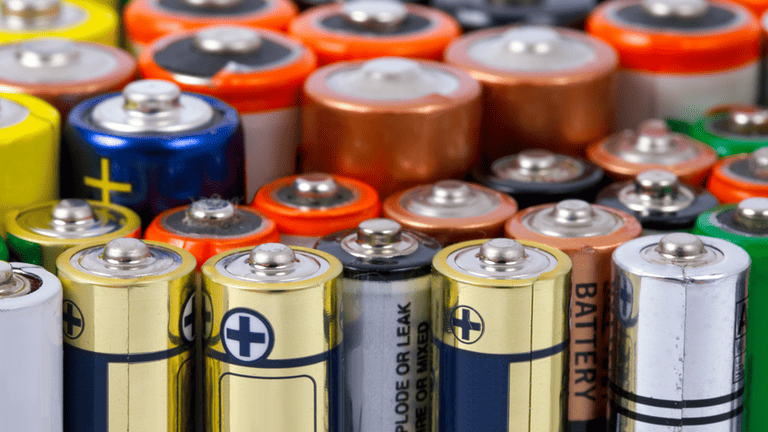Tired of the endless debate and misinformation online, PAT PILCHER searches for answers around Australia’s catastrophic fires.
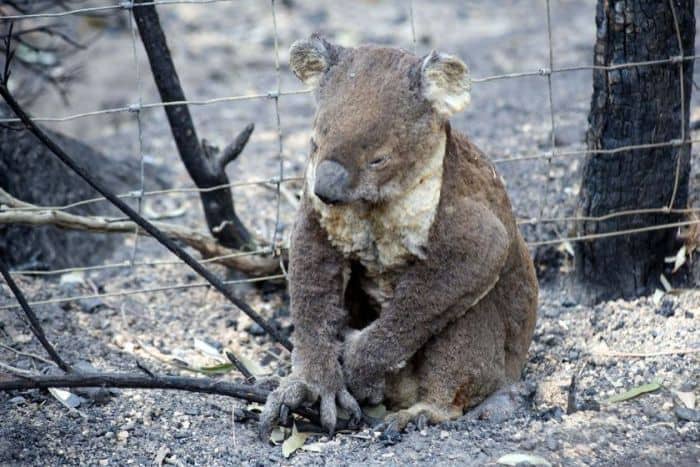
Australia’s disaster presents some boggling numbers. For a start, there’s the sheer scale of the fires. A staggering 8.4 million hectares is burning – that’s almost as big as the entire North Island of New Zealand, and It may yet burn for many weeks to come. A whopping half-a-billion native animals are dead. Twenty-three people have died (at the time of writing) while more are still missing. Seventeen hundred homes – equivalent to an entire small town in New Zealand – plus a huge amount of property have been burnt to the ground.
While a political bonfire is also burning, debate rages on as people argue about the role climate change played in the fires. In one camp are shell shocked Australians who’ve lost everything, and in the other are conservative climate change deniers, some of whom are bizarrely claiming that the Australian media has been infiltrated by greenies and that climate change had little or nothing to do with the fires.
We at Witchdoctor are big fact fans and are keen to cut through the noise, nonsense and misinformation around the fires. With that in mind, we caught up with one of New Zealand’s leading climatologists, Professor James Renwick, the weather and climate researcher and Professor of Physical Geography at Victoria University, who specialises in large-scale climate variations.
It turns out that the reality of the Australian fires lies somewhere in between what both sides are arguing.
PP: Has climate change played a role in the Australian fires?
JR: Yes. Climate change has dried and warmed the southeast of Australia over the past several years, which has contributed to the severity (areal extent, intensity of the fires, early timing) of this summer’s fires. But as always, several “natural” factors have played a role too, such as the positive Indian Ocean Dipole and the negative Southern Annular Mode. It has been well known for decades that climate change would raise the risk of bushfires in Australia (first reports in the late 1980s), meaning that as the climate changes, the kinds of fire events we’ve seen recently become ever easier to achieve. See:
https://omny.fm/shows/steele-drex/australian-wildfires-and-climate-change
https://agupubs.onlinelibrary.wiley.com/doi/abs/10.1002/2018GL077848
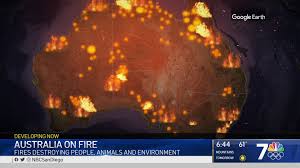
PP: So what happened?
JR: See above, mostly. The southeast of Australia has had three years of drought, leaving much of NSW and VIC very fire-prone.
PP: Is this likely to be an annual event for Australia from now on?
JR: Not necessarily. Such fire seasons become more likely with more warming, but there will always be natural ups and downs, cooler summers, wetter seasons.
PP: What about economic and other impacts?
JR: The costs of the loss of property and infrastructure must run into the billions, just from the last few weeks. I understand that wheat yields are at their lowest in nearly a century in many regions of SE Australia. [There’s] bound to be major impacts on agriculture, and tourism. And what price do we put on the lives lost?
PP: Could climate change also lead to large scale disasters in New Zealand?
JR: Absolutely. New Zealand is set to see major increases in forest fire danger this century unless urgent reductions in Greenhouse gas emissions are carried out. Plus, increased flooding, drought, coastal erosion and infrastructure damage as sea levels rise, etc. See:
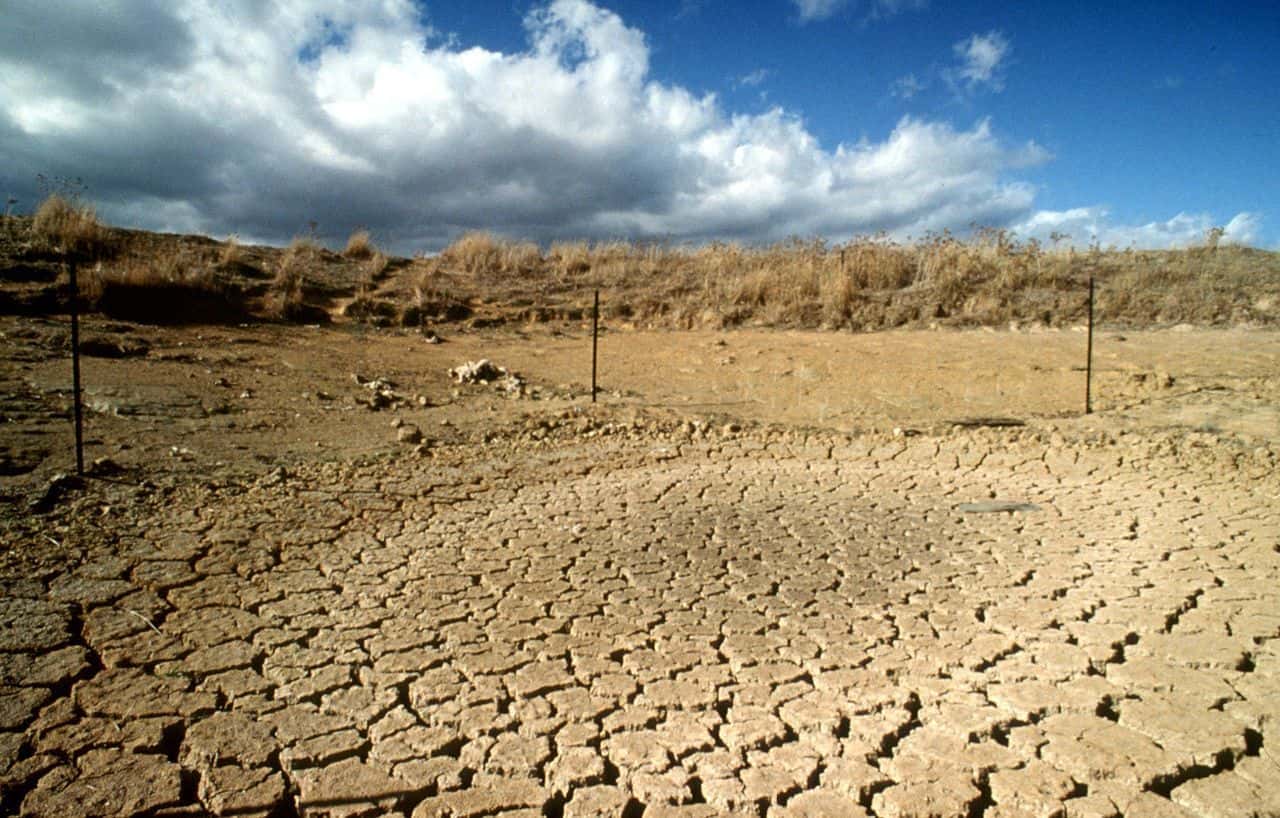
PP: What sort of things are possible?
JR: Everything in our environment is changing. Glaciers will continue to recede until they disappear, frosts become a thing of the past in most places people live, crops will need to grow farther south. Agriculture will need to become more dry land-based (eastern New Zealand) and possibly more subtropical in the northern North Island (commercial growing of bananas, etc). Many properties near the coast will become uninsurable in the next 20-30 years, triggering mass relocation of coastal populations, and a massive infrastructure bill (think Christchurch earthquake but spread around most of the country). And so on…
PP: What sort of time frames are we looking at?
JR: The climate has been changing for over a century already, but the pace has picked up this century. Half of all global emissions of CO2 in history have occurred since 1990. We are already experiencing climate-change affected floods and droughts in New Zealand, so the time frame is now, and on-going into the future. The risks and impacts will continue to increase while GHG concentrations in the atmosphere increase.
PP: I’d heard it said that Australia is the canary in the cage for the rest of the world when it comes to climate change. Is that true?
JR: In some ways, as it already has such an extreme climate. Others say that Pacific Island nations are on the front line, because of sea-level rise. Many point to the Arctic, as most of the region north of 65N has already warmed 2-3 degrees C and effects are already very significant. It’s hard to point to any one country as the “canary”.
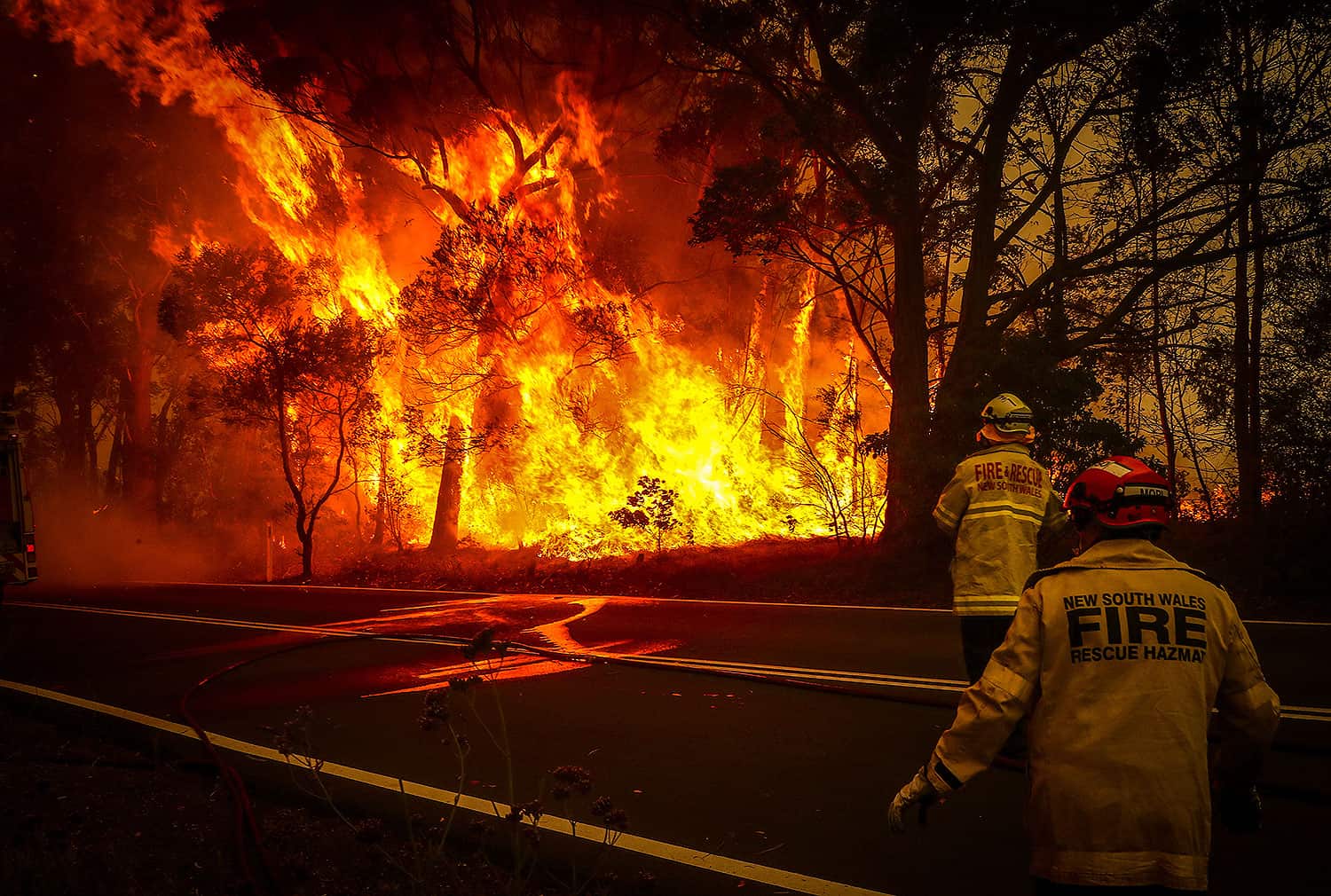
PP: What would you say to climate change deniers?
JR: Look at the observations. But, denialism isn’t about science or facts, it’s about values and beliefs, so I find many deniers just don’t want to listen. The best thing is to try to understand why someone denies the science and try to find some common ground.
PP: What can we do at a personal level to do our bit to moderate climate change?
JR: Anything that reduces our carbon footprint is a good idea: use public transport more (especially renewably powered), fly less, eat less red meat and meat generally, insulate your home, buy an EV, etc. But to me, the best thing to do is talk. Make conversations about climate change more normal, more a part of the everyday chat. Make sure your whanau/neighbours/workmates know about the issues. Especially, talk to your elected representatives and make sure they know you want action, as it is not individual actions that will solve the problem, it is widespread changes in society and economic activity that are required, and that’s what governments and big business provide.
PP: Jacinda Ardern passed legislation to achieve carbon neutrality by 2050. The New York times say that getting to 50 percent below 1990 C02 levels in 2050 would cost NZ at least 5 percent of GDP annually by 2050. Is this a reasonable estimate? Is it a good investment? What are the consequences of not doing it?
JR: I am not sure about the cost estimates, I have seen several. However, it is a fantastic, and vital, investment. The consequences of not taking any action at all (the status quo) would eventually be the breakdown of the rule of law in many countries, the displacement and death of hundreds of millions of people, and possibly the collapse of “civilisation” and the global economy. So, the potential costs are almost unlimited, but would be at least 20-30 percent of global GDP, once warming gets to 3C or so.








